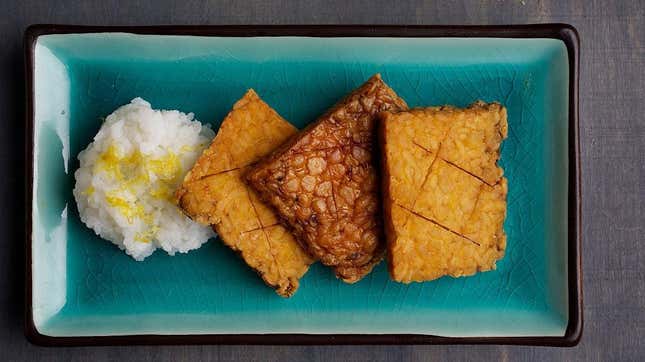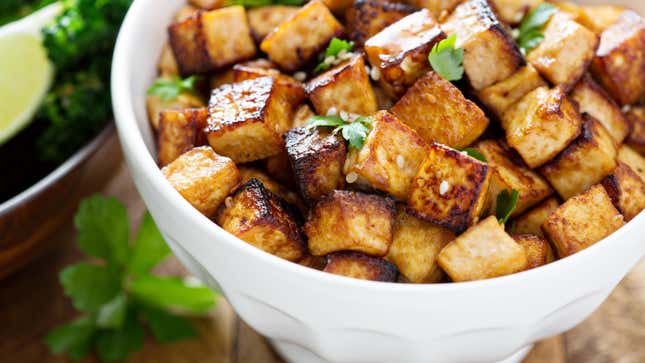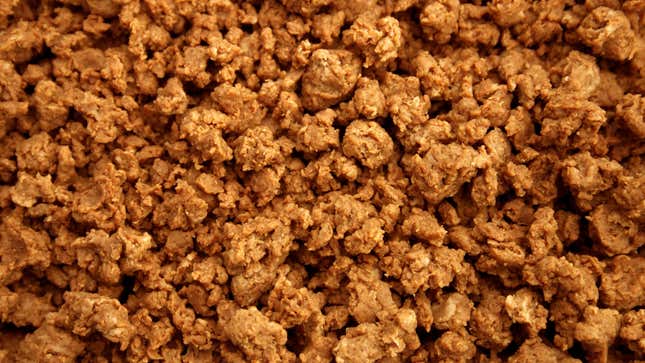
From Impossible Foods to Beyond Meat, companies are racing to figure out meat substitutes that inch ever closer to the real thing in terms of taste, texture, and overall experience. But eating these proprietary meat substitutes isn’t the only way to replace animal products in one’s diet; long before any of us had heard the phrase “Impossible Whopper,” there were a thousand ways to enjoy substantial, satisfying plant-based meals. Here’s a quick overview of all the vegan ingredients you can sub in for meat, if that’s what you’re looking for—but they’re are also delicious and versatile in their own right.






